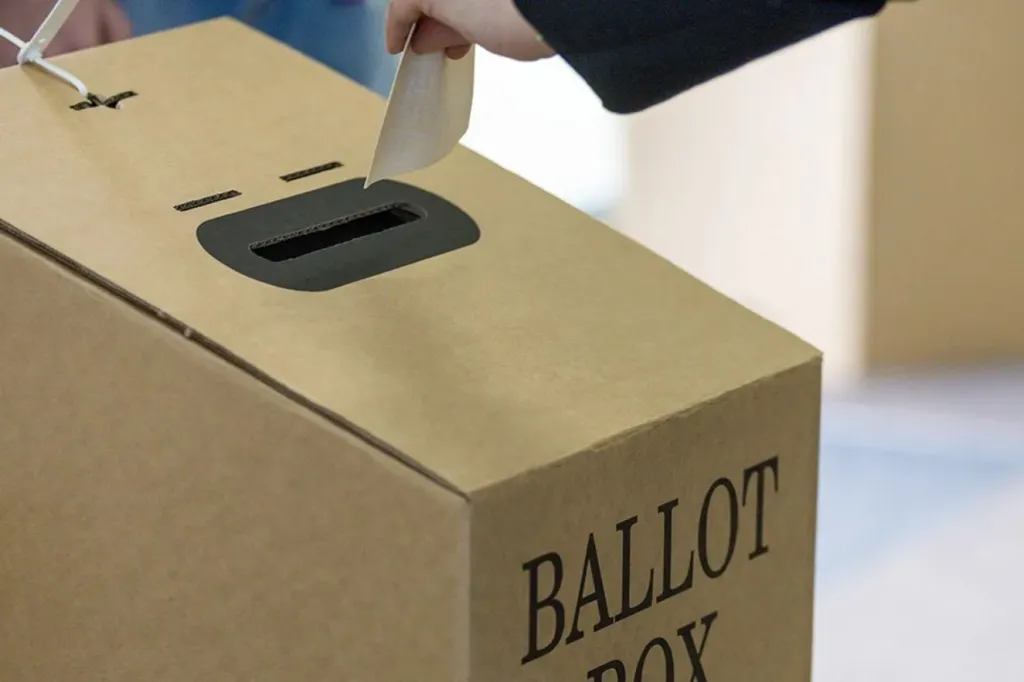Australia braced as Trump chooses tariff targets
The federal government has warned the billion-dollar agricultural export sector to prepare for the effects of Donald Trump’s latest tariffs.
Australia is bracing for universal tariffs of up to 20 per cent as US President Donald Trump prepares to announce his plan to “make America wealthy again”.
With details of Trump’s next round of tariffs to be revealed within hours, US media reports that White House aides have drafted plans for 20 per cent tariffs on most goods imported to the US.
On Wednesday morning (AEDT), Trump said the tariffs would come into effect “immediately” when they were announced on “liberation day” at an event in the White House Rose Garden (7am AEDT on Thursday).
White House officials say no final decision has been made about the size, scope and target of the tariffs.
According to the Wall Street Journal and Washington Post, aides are considering a plan that would raise duties on products by about 20 per cent from nearly every country. That is instead of more targeted approaches that have also been considered.
The administration anticipates the duties could raise more than $US6 trillion ($9.6 trillion) in revenue that could be sent on to US citizens as a rebate, the Post reported.
A White House aide said any report ahead of tomorrow’s event was “mere speculation”.
You might like
In Australia, the government has reportedly privately warned the $7.1 billion agricultural export sector to be prepared.
Nine newspapers report that Australian farmers are bracing for 10 per cent tariffs to their second-biggest export market after China.
That would add more than $600 million to the price of Australian produce.
On Tuesday, Prime Minister Anthony Albanese vowed Australia would not roll over to appease the US under his watch.
Trump has already imposed tariffs on aluminium and steel imports and has increased duties on all goods from China, raising tensions with the country’s largest trading partners.
The European Union and Canada have threatened countermeasures.
“Europe has not started this confrontation. We do not necessarily want to retaliate, but if it is necessary, we have a strong plan to retaliate and we will use it,” European Commission President Ursula von der Leyen told EU MPs.
Canada has vowed to respond with tariffs of its own.
Stay informed, daily
“We will not disadvantage Canadian producers and Canadian workers relative to American workers,” Prime Minister Mark Carney said.
US companies say a “buy Canadian” movement is already making it harder for their products to reach that country’s shelves.
Trump has argued that US workers and manufacturers have been hurt for decades by free-trade deals that have lowered barriers to global commerce and fuelled the growth of a $US3 trillion US market for imported goods.
The explosion of imports has come with what Trump sees as a glaring downside: Massively imbalanced trade between the US and the world, with a goods trade deficit that exceeds $US1.2 trillion.
Economists warn his remedy — hefty tariffs — would raise prices at home and abroad and hammer the global economy.
A 20 per cent tariff on top of those already imposed would cost the average US household at least $US3400 ($5400), according to the Yale University Budget Lab.
Signs are already emerging that the US economy is losing momentum due in part to uncertainty fostered by Trump’s chaotic approach to making economic policy.
Business and household surveys show sagging confidence in the economic outlook, citing worries that Trump’s tariffs will lead to resurgent inflation.
Activity has slumped in factories around the world, from Japan to Britain to the US, as businesses brace for Trump’s tariffs – although some registered a bounce in the race to get goods to consumers before the measures hit.
Economists say any increase is likely to be temporary.
“It won’t be long before US tariffs turn from being a tailwind to being a drag,” said Julian Evans-Pritchard of Capital Economics.








